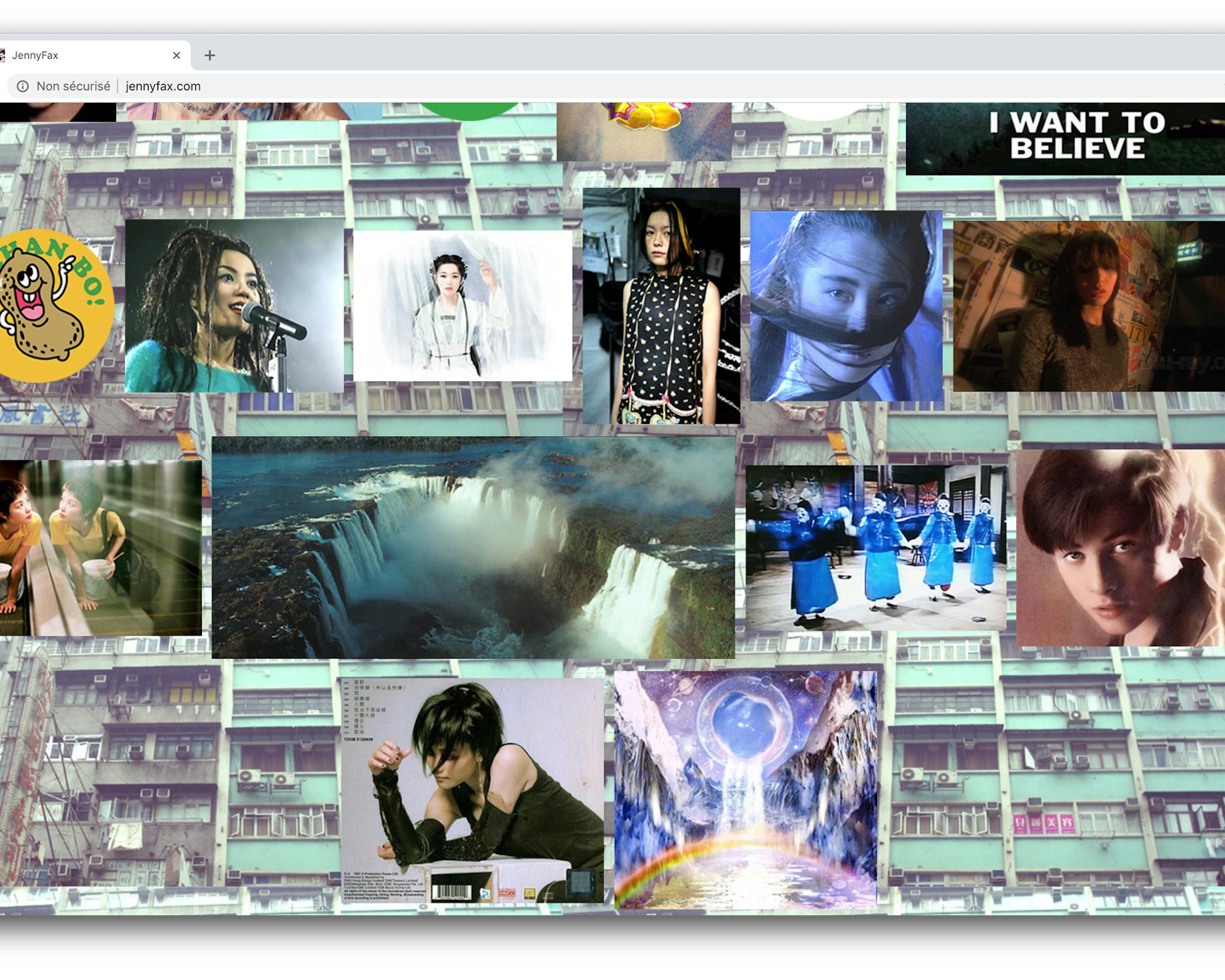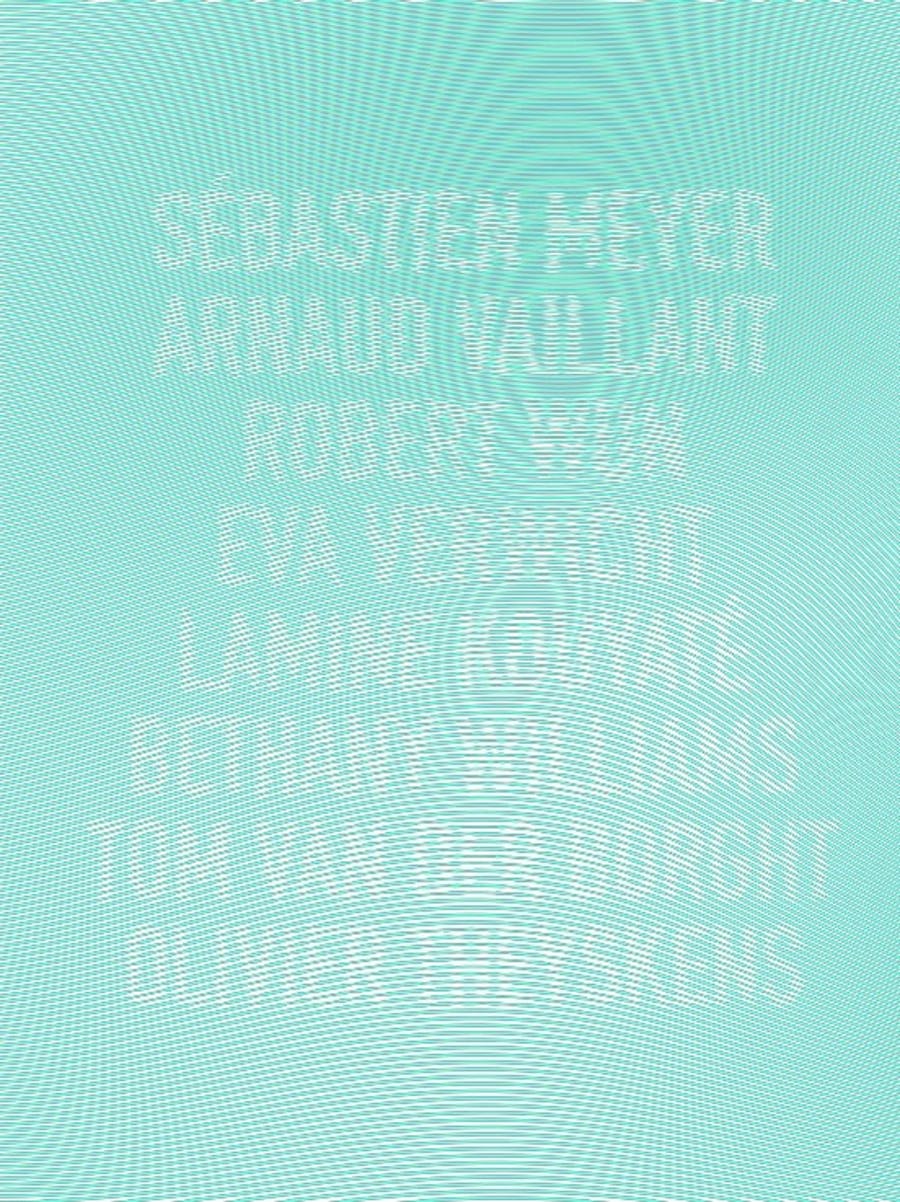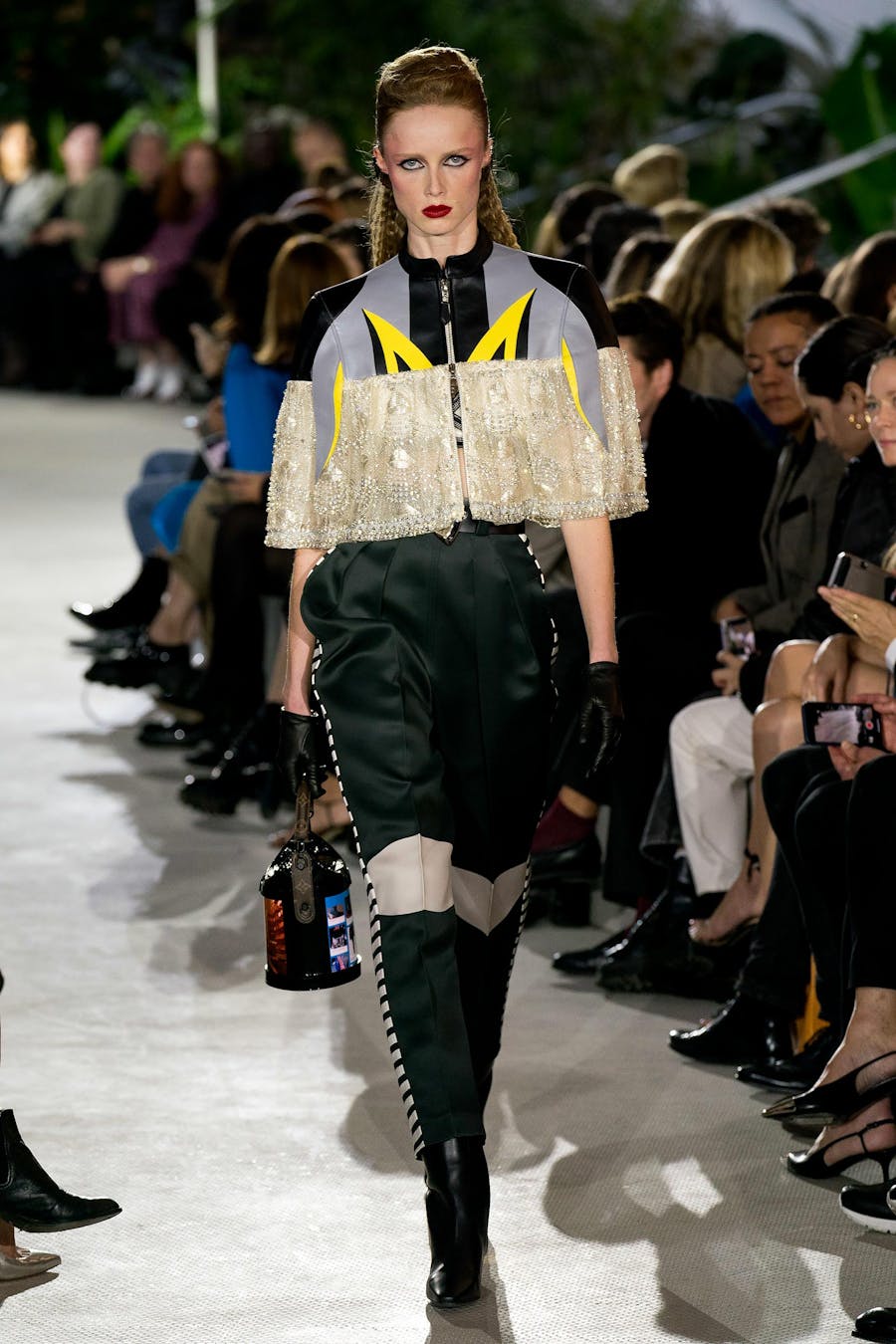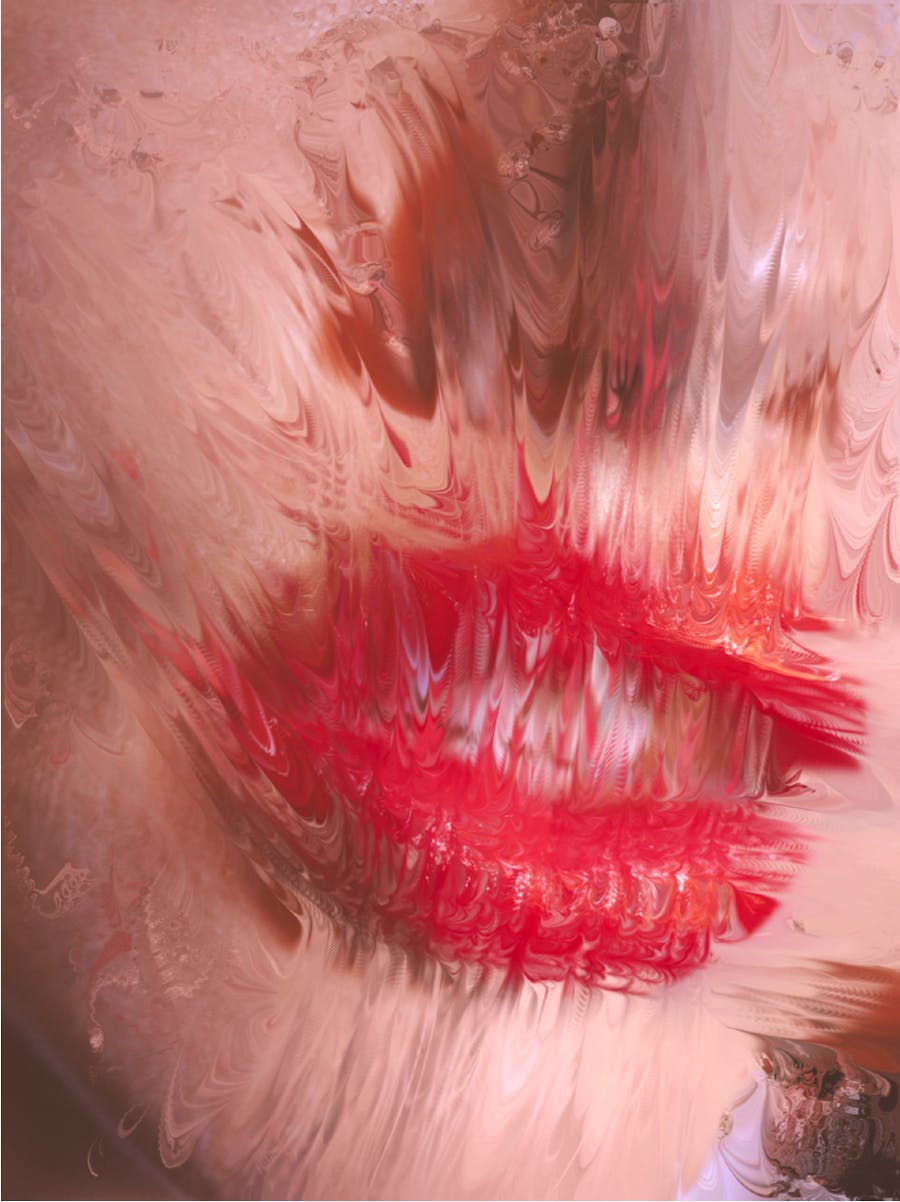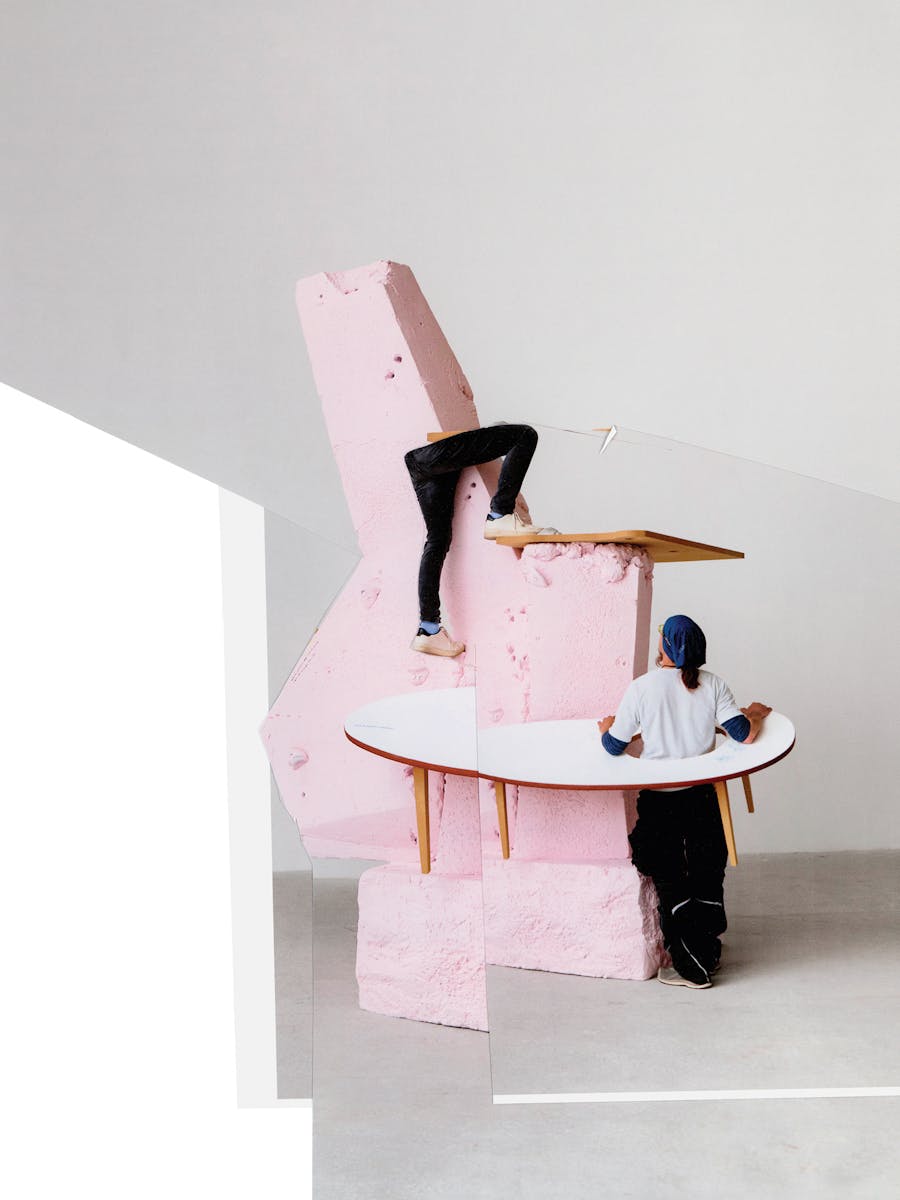Identity remains one of the topics that still stirs up debate around the collections, season after season, year after year, reflecting the disquiet that we feel in the society in which we live. In addition to the search for a recognizable identity among the countless number of images, visual stimuli and information that we absorb on a daily basis, careful designers mostly create a parallel world - but not absurd - that goes hand in hand with the everyday reality, interpreting it through their personal lens. In some other cases, this lens is legible and translatable into a sort of a parallel dimension that is realized through the fashion items.
These 'catwalk avatars' (if they can be called that) have defined and still define the main and sometimes mainstream aesthetic of fashion. Just think of the futuristic/digital evolution proposed by Demna Gvasalia for Balenciaga, starting from the FW18, an exasperated concept in a more complex way during the last summer season for 2019 through the collaboration with the artist Jon Rafman; or, in particular, the web campaign for SS19 created by Yilmaz Sen, crucial for our journey through alternative identities: a sequence of urban shots whose virtual protagonists are distorted and yet keeping a human dimension and exiting it at the same time.
Could we state that the digitalization of reality is the main focus of fashion in recent years? Or perhaps, even better, the distortion of reality itself, modified and shaped with that unique filter that allows designers to create new worlds that still keeps fashion creativity alive? Thinking about Rei Kawakubo, his perseverance in creating a message and a way of communicating over the years has been the key to success that has allowed it - to this day - to be one of the few most successful independent brands, succeeding in creating, in turn, a loyal community of fans and professionals attracted by a new alternative dimension the Japanese designer takes with her. What Kawakubo has managed to create is an alter ego capable of expressing every feeling, from joy to euphoria, from anger to apathy, through fifteen minutes of show or, better, performance. It's this alter ego that conveys what the designer cannot with words. It's the unconscious, inspirations and feelings that actually speak. The designer of Comme des Garçons, in turn, has managed to create a legacy able to carry forward the message of mental and creative freedom, a message that knows how to cope with high and low culture, mixing all the elements of everyday life and society, drawing from different sources - unique factors, among other things, that help the survival of ideas - and developing a critical and detached spirit that allows us to analyze reality.
Unlike Kawakubo, his supporters are not only in Paris, but scattered around the world among the various fashion weeks that have emerged over time, transforming fashion from one of the creative / industrial sectors to the most cosmopolitan, globalized, evolved, especially in a complicated and difficult socio-social context like the one the world is going through. Tokyo, for example, stands out thanks to a spirit full of opposites and contra- dictions which distinguish the country, churning out talents with an inherently eccentric spirit, hard to interpret at first glance and which deserve attention of the editorial (and not only) international scene. Jenny Fax best represents this new generation resident in Tokyo. Shueh Jen-Fang (the real name of the creator) is of Taiwanese origin and of European education - between Paris and Belgium - launches her brand in 2011, presenting a collection that arouses enthusiasm of the press and buyers. Ironic, sarcastic, sometimes caustic, Jenny Fax embodies the clash of cultures, emotions and stories that create her collections.
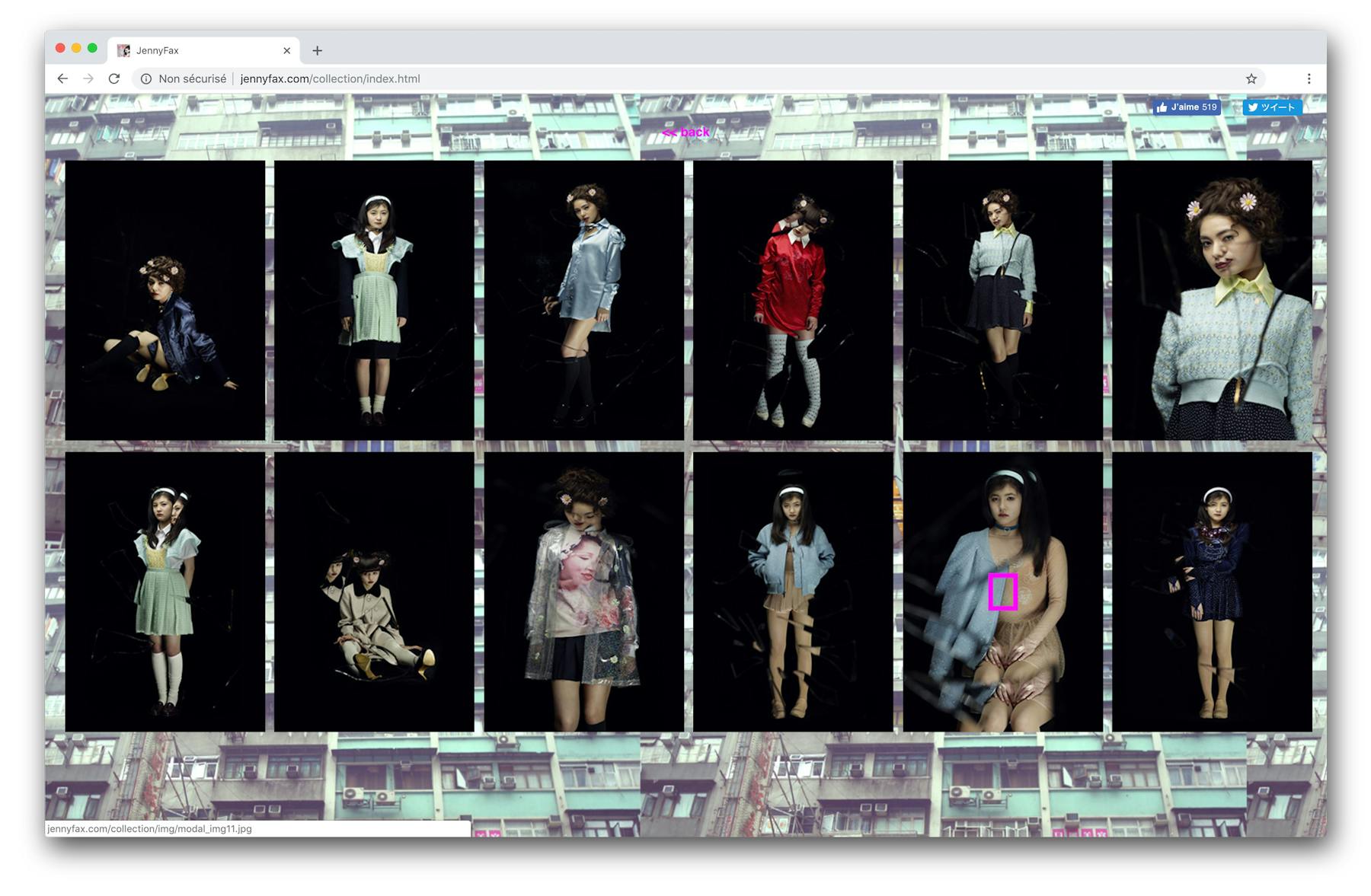
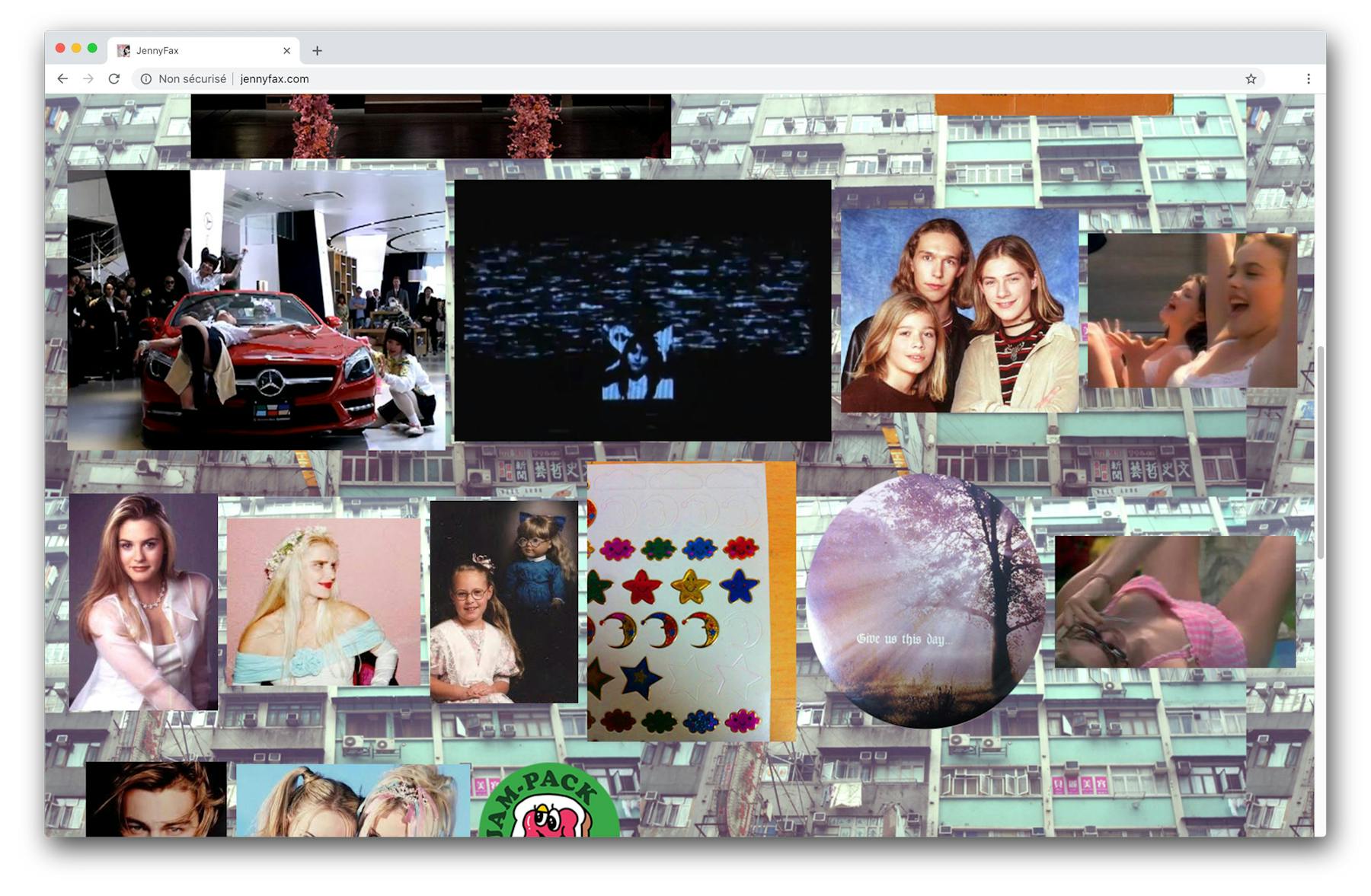
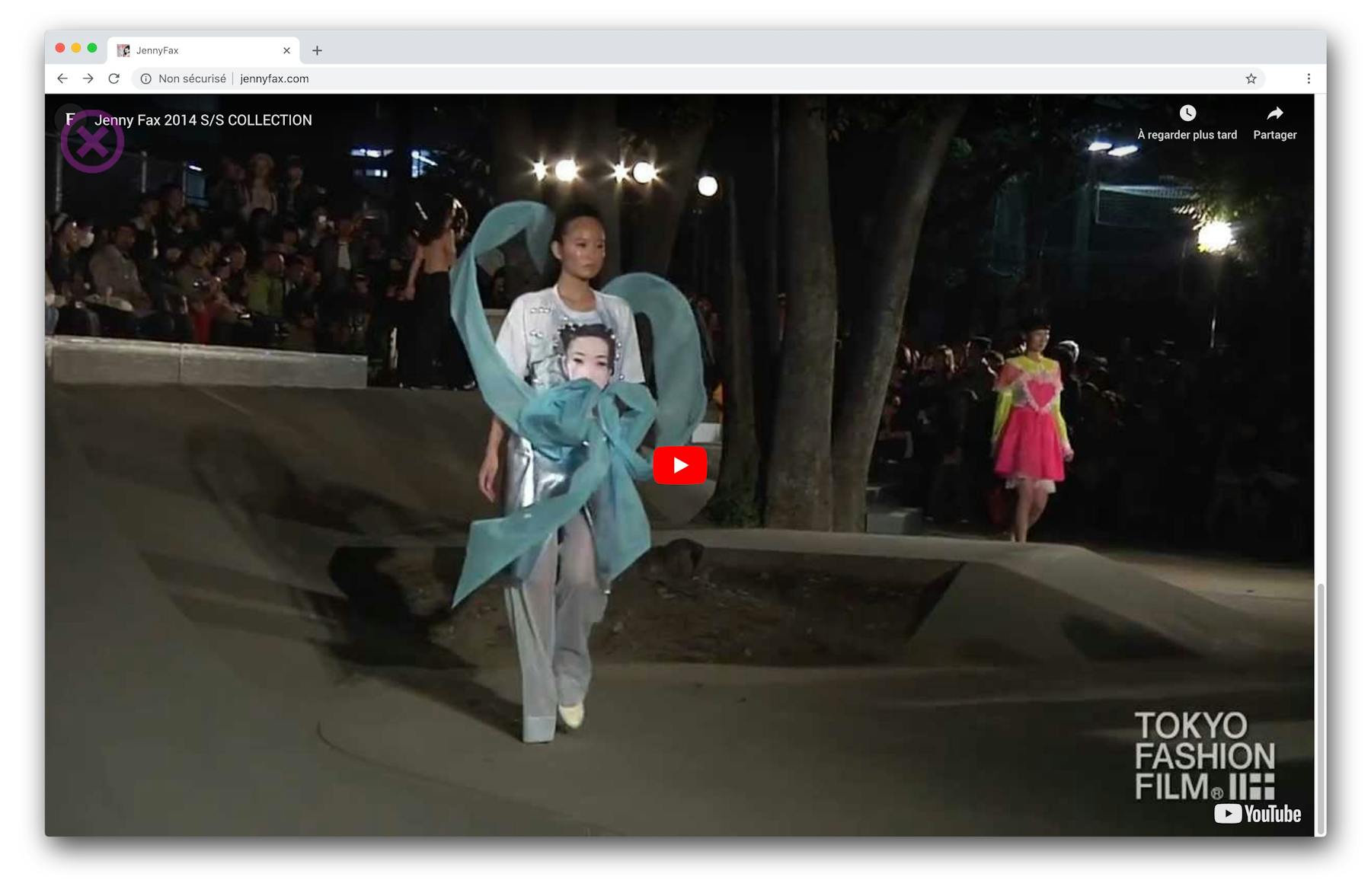
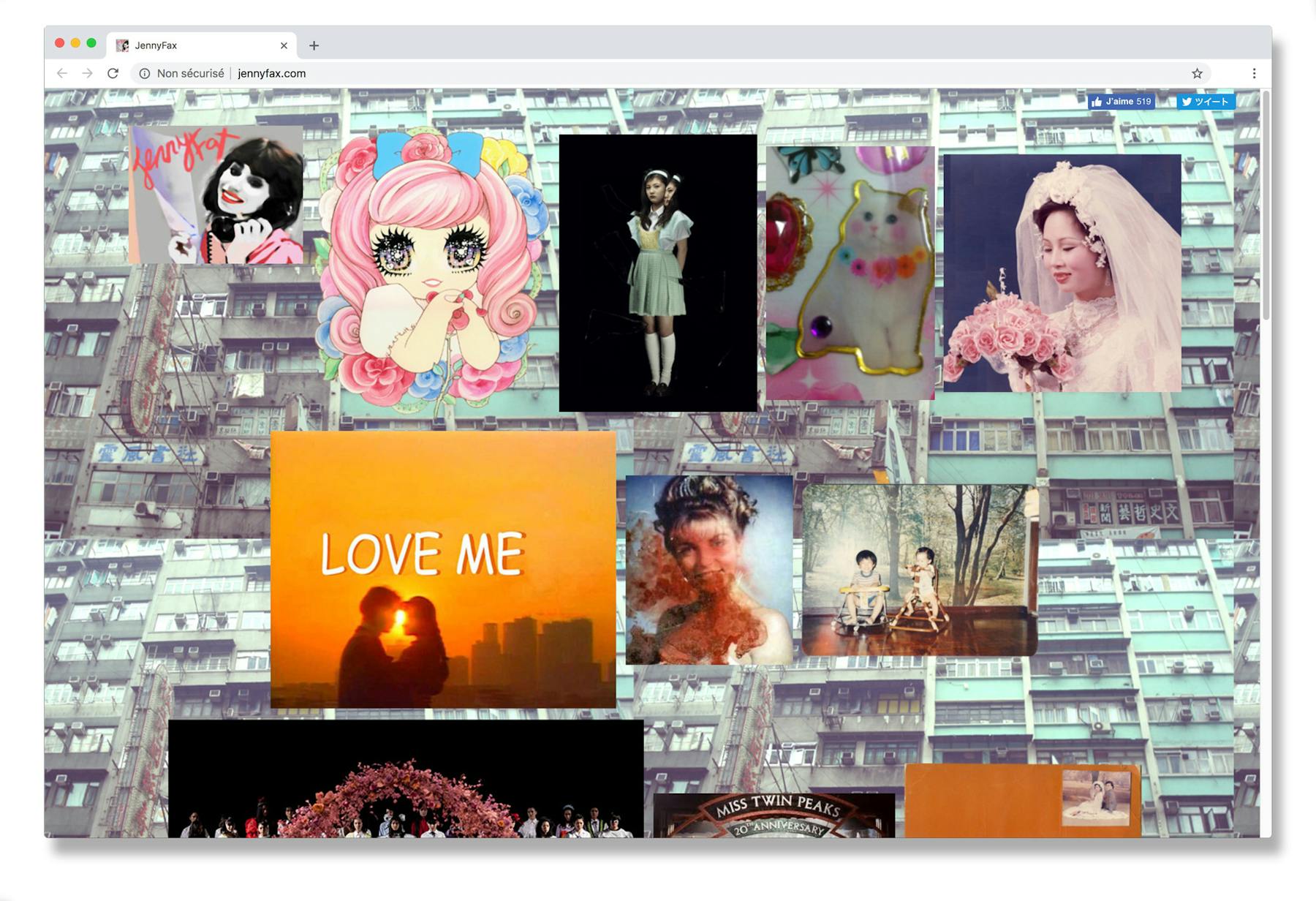
By the way, thinking of the collaborations the brand can boast of, you will immediately notice the choice of Lotta Volkova as a stylist. Do you think that her help has contributed to your approach to this 'avatar' reality, far from the so-called mainstream world ?
⏤ Actually I think that the things we both work on are not so alternative or underground. Indeed, all this is very mainstream to me - it depends on the attitude that each of us has with the stimuli from the outside world. The point is that talking about inspirations or muses, I want to tell about the 'normal' girl. You know the girls you remember when you go to a party ? You tend to remember the beautiful ones or those with some obvious flaw. You don't usually remember what is in the middle. I want to tell about that gray area, its protagonists, with their flaws, their aesthetic and cultural references. I want to tell this reality - also because, after all, I relate to this kind of person.
Do you think that thanks to social media and the internet, the goal of telling your vision has changed? The general way of communicating, since you launched your brand, has evolved into something that is not very blurred, difficult and extremely fast.
⏤ I created my Instagram account only one year ago, exclusively for my brand. That kind of fast and digital communication is difficult to use, especially for work purposes. In addition I've always been an analogical person, if you like. Recently, however, it started to dawn one me that Instagram is fabulous. After all, it is the only means we can use to connect to the world through images in an immediate way. It can help people talk from one side of the world to another. I have only some doubts regarding doing research through social media. Not that I am opposed to it, for heaven's sake, but since it is very common for many doing research there, I prefer to keep a certain distance in my world by reasoning on design.
And after all, Instagram and other social media have given the opportunity to create an alter ego to its users, invading the internet with a fluid plurality of personalities... Almost like Tokyo, isn't it? One of those cities affected by multiple personalities. How does it feel to face a city like the Japanese capital, especially throughout the creation of each collection ?
[Laughs] To be honest it's really easy for me because I'm lucky enough to work for a brand that I personally decided to launch with the people I chose, I'm not forced to live any double life. The city where I have previously lived was not like Tokyo at all; even the districts I chose were far from the 'fashion people'. Tokyo is interesting for its unique but multifaceted style and for the people who live there. The most curious thing is that perhaps the inhabitants of Tokyo are not so aware of their style since freedom in clothing is natural. This naturalness is really important. The styles which coexist in Tokyo have influenced my idea of fashion in some way, peculiarly for the relationship between fashion and animation (animated drawings, video games...) - a culture that I have incorporated into my design since the beginning.
So fashion always remains a pipe dream, a way to escape from everyday reality ?
⏤ It is not an easy question. My work as a designer is the creation of many items and collections but it also represents my reality, because it is a path which I deliberately embarked on a long time ago. Fashion for me is not an escape as much as life itself. But thinking again about Tokyo and some of its inhabitants, fashion does represent for them a way to come out of reality by creating their own universe that finds its release in clothing, something that can happen or that has happened for many other people in other cities, in other times. But for me, in the end, fashion is a job I was bound to choose, which is part of my life and which connects all the things I do, all the people I know and have met.
